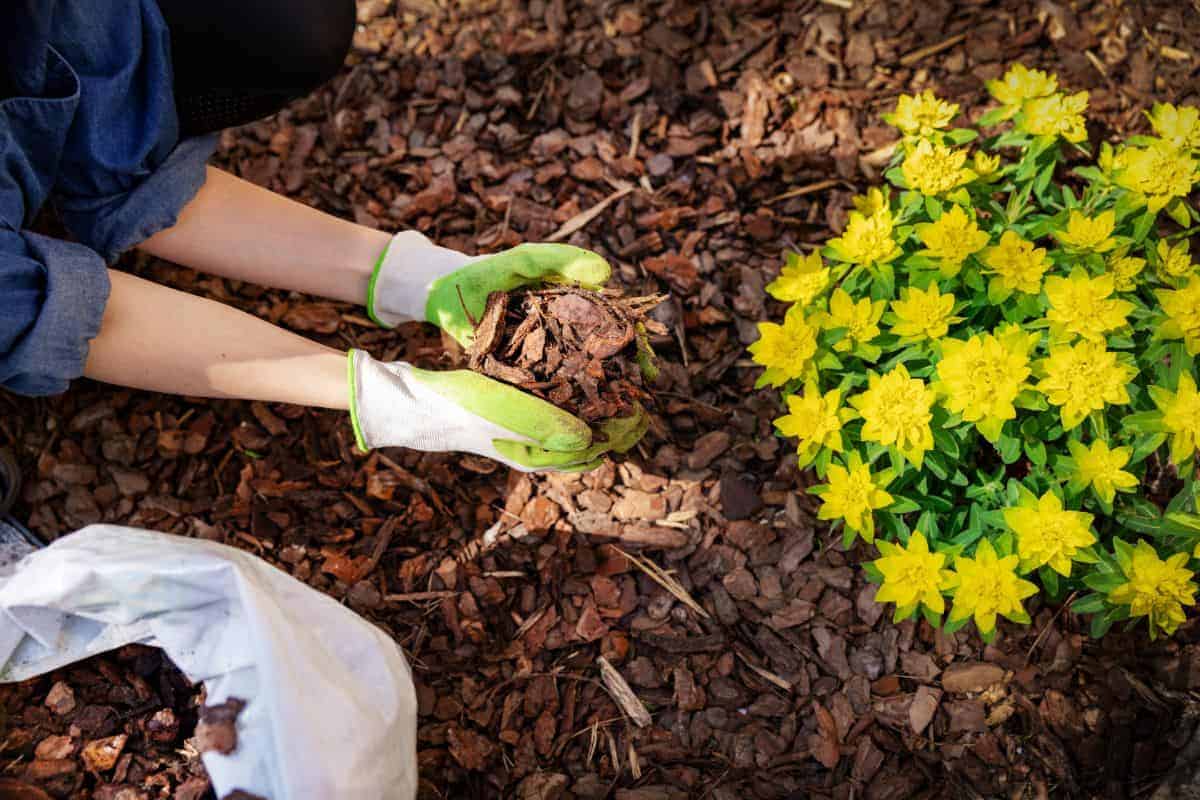How to Design a Garden for Chickens, Relaxation, and Homegrown Veggies
If you’re a home gardener dreaming of a multifunctional outdoor space, a garden for chickens and for you? One where you have chickens roaming, fresh veggies growing, and you can enjoy a cup of tea in peace then here are some tips to help you fit all three in your garden. Combining chickens, relaxation, and a vegetable garden might sound like you need a huge garden, but with the right garden design, it’s absolutely achievable for most people.
Here I will walk you through how to create distinct areas in your garden, one for chickens, plants, and you can coexist happily.

This is a collaborative post.
Why Separate Your Garden?
Before I start, you might be wondering why separation is key. Chickens are lovely creatures, but they also spend a lot of time scratching up soil and snacking on plants. Without some boundaries, your chickens could turn your garden into a mess.
Separating areas allows each space to serve its unique purpose:
- The Chicken Area keeps your hens safe, healthy, and entertained.
- The Edible Garden ensures your veggies and berries grow uninterrupted.
- The Relaxation Zone provides you with space to recharge.
1. Start with a Garden Layout Plan
Every great garden starts with a plan. Don’t worry, you don’t need a job in landscaping to make this work. Grab a notepad and sketch out rough zones for each area. Consider factors for your garden for chickens like:
- Garden Size – Work with what you have. Even small gardens can fit separate spaces with clever planning.
- Sunlight – Place your vegetable garden where the sun hits longest; chickens love shade and shelter, so they prefer a partially shaded area.
- Proximity – Keep your garden for chickens close enough to access easily (for feeding and egg-collecting), but far enough from your relaxation zone so you can relax.
2. A Garden for Chickens
A happy chicken is a productive chicken (with fresh eggs). But to keep them happy and ensure they don’t turn your entire garden into a dusty wilderness, you’ll need a dedicated chicken area.
Essentials for Your Chickens
- Secure Coop: Choose a predator-proof coop with good ventilation. It’s their home, so make it cosy and safe.
- Run Space: Give your chickens room to roam within a designated area. Use fencing around your garden for chickens to keep them contained and your veggies intact.
- Dust Bath: Chickens love to roll around in the dirt to keep clean. A small sand-filled box in their area will do the trick but expect to keep refilling it as they kick it all everywhere.
- Edible Landscaping: Chickens can enjoy their own “chicken garden” – plant herbs like parsley and mint, which are safe and healthy for them. Just be sure they can’t overeat!
Tips for Fencing
Chicken wire from country supplies stores are usually better than DIY stores in my opinion. Go for fencing around your garden for chickens at least four feet high to prevent your hens from hopping over, and ensure the bottom is buried a few inches into the ground to stop predators like foxes from digging underneath.

3. Creating Your Edible Garden
Growing your own vegetables and herbs is one of the most rewarding parts of gardening. Since chickens aren’t exactly known for self-control, separating your edible garden from the garden for chickens is a must or they will eat everything you grow.
Key Steps to Protect Your Plants
- Raised Beds: These also help to keep plants out of pecking range while also improving drainage and making gardening easier for you.
- Netting or Covers: Add an extra layer of protection for veggies like lettuce or tomatoes, which chickens may find particularly tempting.
- Companion Planting: Mix herbs like basil and lavender throughout your garden to naturally deter pests (bonus: they smell amazing). You can also find a range of plant friendly pest control solutions which do not harm your garden at PestBuddy.
What to Grow?
Consider easy-to-grow, productive crops such as:
- Veggies: Carrots, beans, spinach, lettuce, courgette.
- Fruits: Strawberries, blackberries, blueberries.
- Herbs: Thyme, rosemary, oregano, chives.
4. Designing Your Relaxation Zone
Gardens aren’t just for work; they’re for unwinding, too. Your relaxation zone should be your sanctuary, where you can sit back, sip a drink, and admire all your hard work (while occasionally admiring your quirky garden for chickens).
Must-Haves for a Tranquil Retreat
- Seating: Go for comfy chairs or a garden bench. Proximity to shade is always nice.
- Flowers & Scents: Surround your area with calming plants like lavender, jasmine, or marigolds.
- Lighting: String lights or solar lanterns are great for creating ambience, especially on those late summer evenings.
5. Pathways and Barriers
These divide your space while also ensuring it looks good.
- Pathways: Gravel, wood chips, or stepping stones can ensure you don’t walk on the lawn or veggies.
- Fencing: Use chicken wire or opt for decorative fencing around your edible garden and relaxation area.
- Hedges: Evergreen hedges make for stunning natural barriers while doubling as windbreakers.
Enjoy your garden
By separating your garden into distinct zones, a garden for chickens, an area for plants, and one for relaxation, you’ll create a space that truly works for you. Imagine collecting farm-fresh eggs, picking juicy strawberries for breakfast, and finishing the day with a quiet moment in a cosy chair with a book and glass of wine.